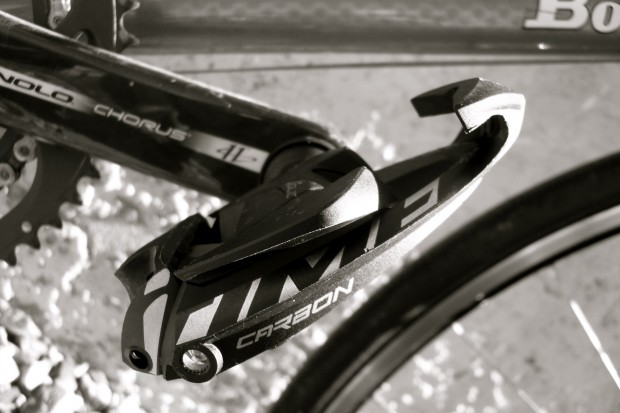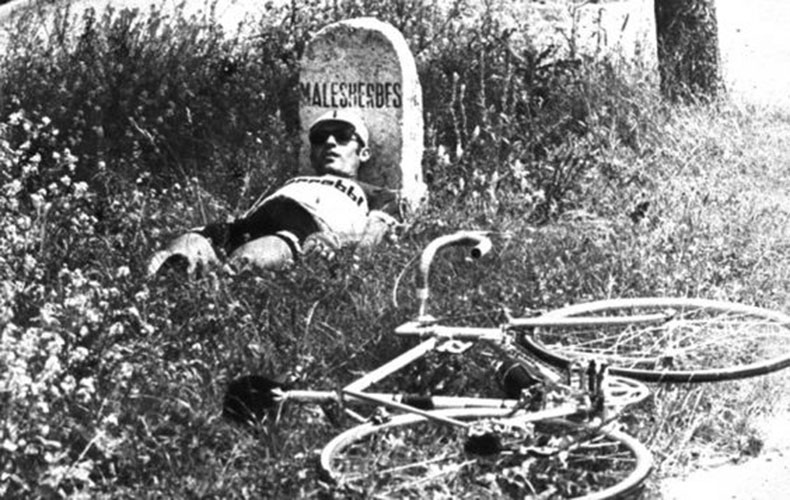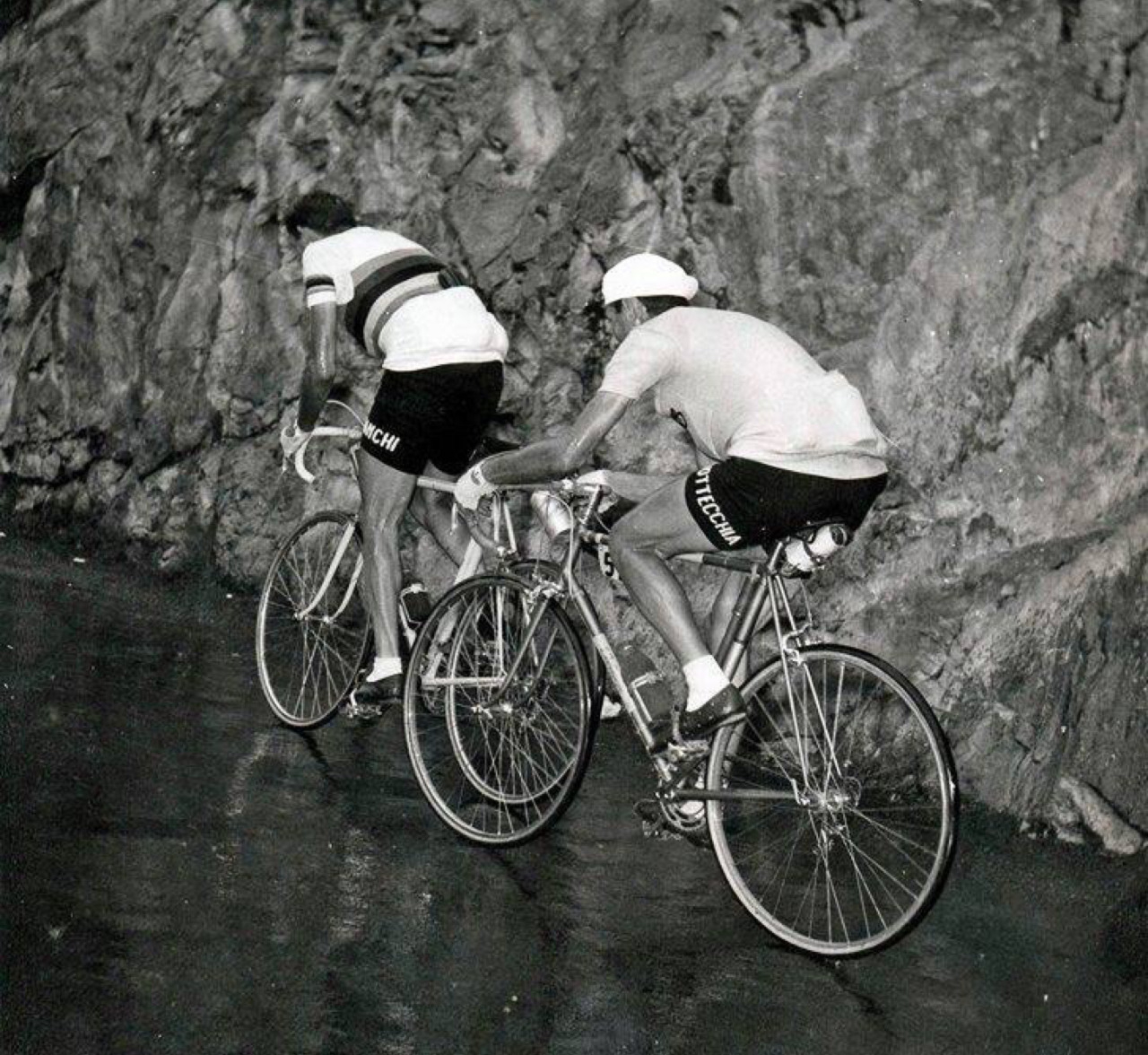Reverence: Time iCLIC Pedals

If you’ve ever sold bikes for a living, (or even just ridden them), you’ll know that the biggest fear of the newbie, or the moderately experienced cyclist is clipping in. It can strike the Fear of Merckx into the brawniest of men and reduce them to a quivering mess, saying things like “I don’t want to fall over”, “how will I get out if I need to walk up a hill” (hopefully only uttered by mountain bikers) or “I’ll look like a dick if I fall over at the traffic lights.” But as most of you here will attest, it’s happened to the best of us. It’s all part of the learning curve, a curve so shallow and rapidly transient that it’s probably best described as a slightly bent line. The mere act of clipping in quickly becomes second nature, as instinctive as flicking an Ergo, STI or DoubleTap lever to change gear, or reaching down to grab a bottle without taking your gaze from the road ahead.
My own initiation into the world of clipless was in 1991, a year or so after I started mountain biking. Up until then it had been a world of toe clips and straps, which while not exactly easy to get into or out of, was still a better alternative than muddy sneakers slipping off the pedals and gouging six-inch trenches of skin from your shins. Shimano had just released their first attempt at the SPD system (the M737?), and seeing local trend-setter Burgo rocking them with the sweet matching shoes was like witnessing the moon landing; it was right there in front of you, but you didn’t quite know if such a marvel of technology was possible. But it was, and soon a spate of ‘clip-ins’ were appearing from several other brands, including the now long-defunct Onza. Their HO pedal was smaller and lighter than Shimano’s, so it got my vote on those counts alone. It used two elastomer bumpers (similar to those being used in the suspension forks of the day) instead of steel springs for their retention force. You want more retention? Rebuild them with harder durometer bumpers. They were universally considered a pain in the ass to set up, and even more so to get in and out of as I quickly found out.
The Onzas were ditched after maybe a year or less of service, and the only way to go (according to the magazine reviews, and more importantly, advertising) was the Time ATAC. They were lauded as the easiest entry/ release, cleared mud better than Shimano due to their open body design, and were being ridden to victory in just about every World Cup race by the likes of Little Mig Martinez and a young Cuddles. They were a revelation in my clipless experience, and now on my third pair I won’t be changing anytine soon. I still have those original grey ATACs kicking around on my commuter bike, and apart from a tiny amount of bearing slop and some cosmetic gouging from the cleats, are still working flawlessly.
When I bought my first ‘real’ road bike, a steel Gipiemme, the shop set me up with some basic Look pedals, but with Time shoes. Both sucked. It wasn’t long before I’d replaced both, the Looks with a set of alloy-bodied Time Impacts, and the shoes with Sidis. (Still got both, although I’m buggered if I can find the pedals.) A set of RSX Carbons kept the Time-line going, more to reduce weight than for any operational advanatge. The only problem I’ve had has been the left cleat wearing prematurely (from putting the foot down and straddling the top tube Casually Deliberatley at lights) which can make entry a tad frustrating if you don’t get it right the first attempt. And at about $70 a set, replacing them regularly becomes not only a chore but a drain on a poor bike-shop guy’s wallet. Pulling away from a coffee stop on a ride, flailing left foot struggling to engage, slipping off and making a bloodied gouge in my knee warmer was all I needed to convince me to check out Time’s latest system, the iClic.
Now, it seems if you want to make a product sound hip and cool, just take the name of said product and stick an “i” in front of it. So no kudos to Time’s marketing team there, but I guess they took the easy option and one that’s easy to remember because of it’s genericity. All that aside, the promise of piece-of-piss-easy entry was too hard to resist, and when a customer wanted a set ordered, I thought I’d give them a try too. Dan at Sola Sports was singing their praises too, and hooked me up with a set of Carbons at the Velominati Special Deal rate. Cheers Dan!
It took, oh, about ten seconds to declare these the easiest pedals ever to get into. It was like my foot had been magically or magnetically drawn to the exact position for the cleat to engage, the pedal falling at the optimum angle, and the most satisfying ‘clic’ that I’d heard since those very first ATACs converted me for life. If you don’t know how the iClics work, think about ski boots/bindings. (I have never ski’ed, so if it all sounds like bullshit then it probably is.) The secret is in the Carbo-Flex plate under the pedal’s platform, which holds the retention mechanism open when you twist the shoe out. When it’s time to clip back in, the spring is in open position, allowing the cleat to locate with minimum resistance.
And as the Gestapo would tell you, resistance is futile.

